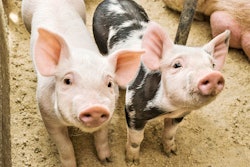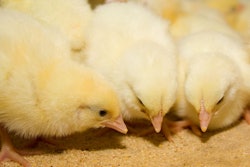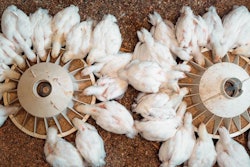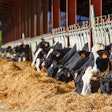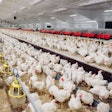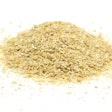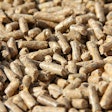
It has been 20 years since these ingredients have been used in the EU
The European Union has decided to allow the use of animal protein meal from poultry and pigs to be used in feeding these species, however avoiding intraspecies consumption. So, pigs will receive poultry meal, whereas poultry will receive porcine meal. Both products are byproducts of slaughterhouses and, until now, had to be disposed of in myriad innovative ways.
The reasoning behind this change of heart is multifaceted, and my personal belief is mainly the drive toward reducing imported protein sources – although sustainability, waste management, and the virtual disappearance of BSE (mad cow disease) also contributed. Nevertheless, good quality animal protein products will reappear in the EU market.
So, the question now becomes how we use them. After all, it has been about 20 years since we last used such ingredients, and many new nutritionists have no such experiences. Those of us who continued to work outside the EU happily retained such knowledge and here are my personal recommendations.
It is imperative to realize that the production of these new ingredients will begin anew. That means the many new producers will have to learn again how to manufacture such products for pigs and poultry. As such, quality can reasonably be expected to be at least variable in the very beginning. Thus, as a nutritionist, one needs to be rather conservative. Here, the golden rule of 5% inclusion rate can be safely applied.
After ensuring the source of these new products is safe and of high quality, then nutritionists must familiarize themselves with the idiosyncrasies of such ingredients (no raw material comes without inherent issues). After that step, going up to 10% is not unreasonable but, after this point, cost might become prohibitive to drive inclusion rates any higher.
If the product also contains bones (meat and bone meal) or feathers (poultry byproduct meal with feathers) then inclusion rates should be different, and such ingredients are better reserved for less sensitive classes – essentially avoiding feeds for young animals.

